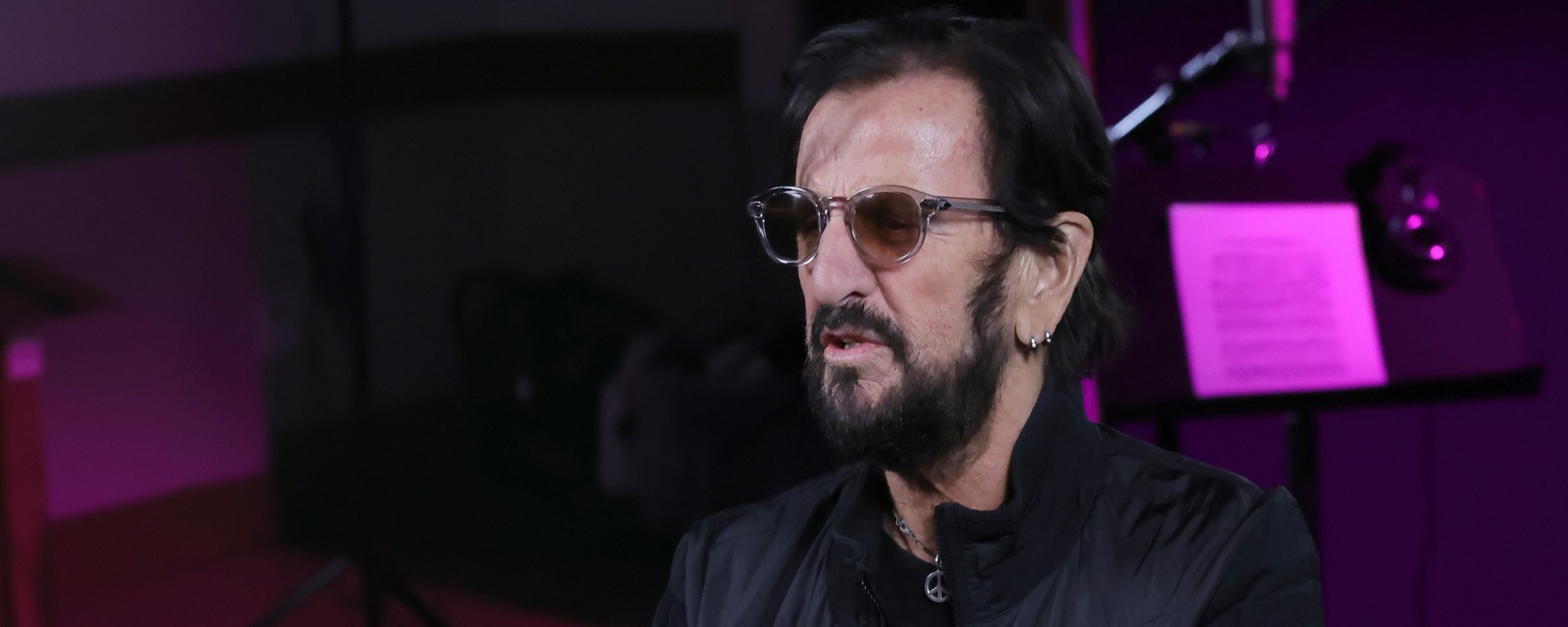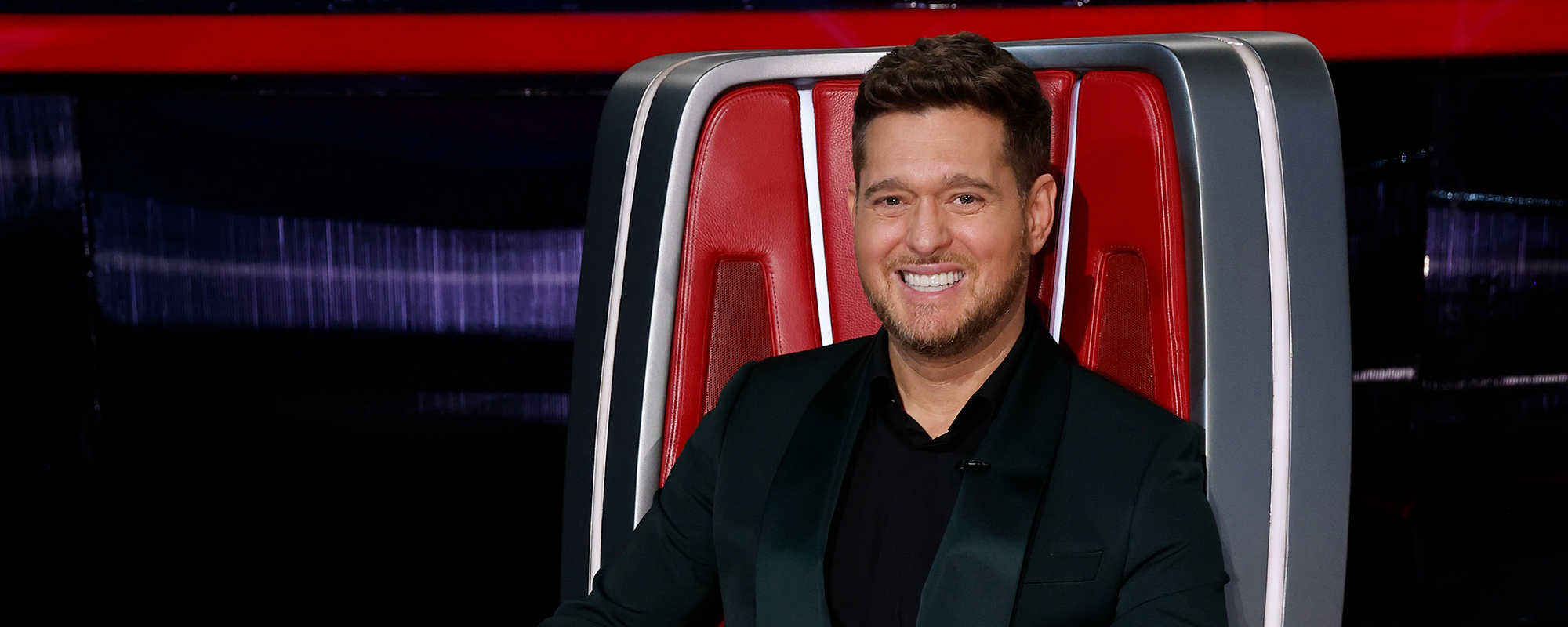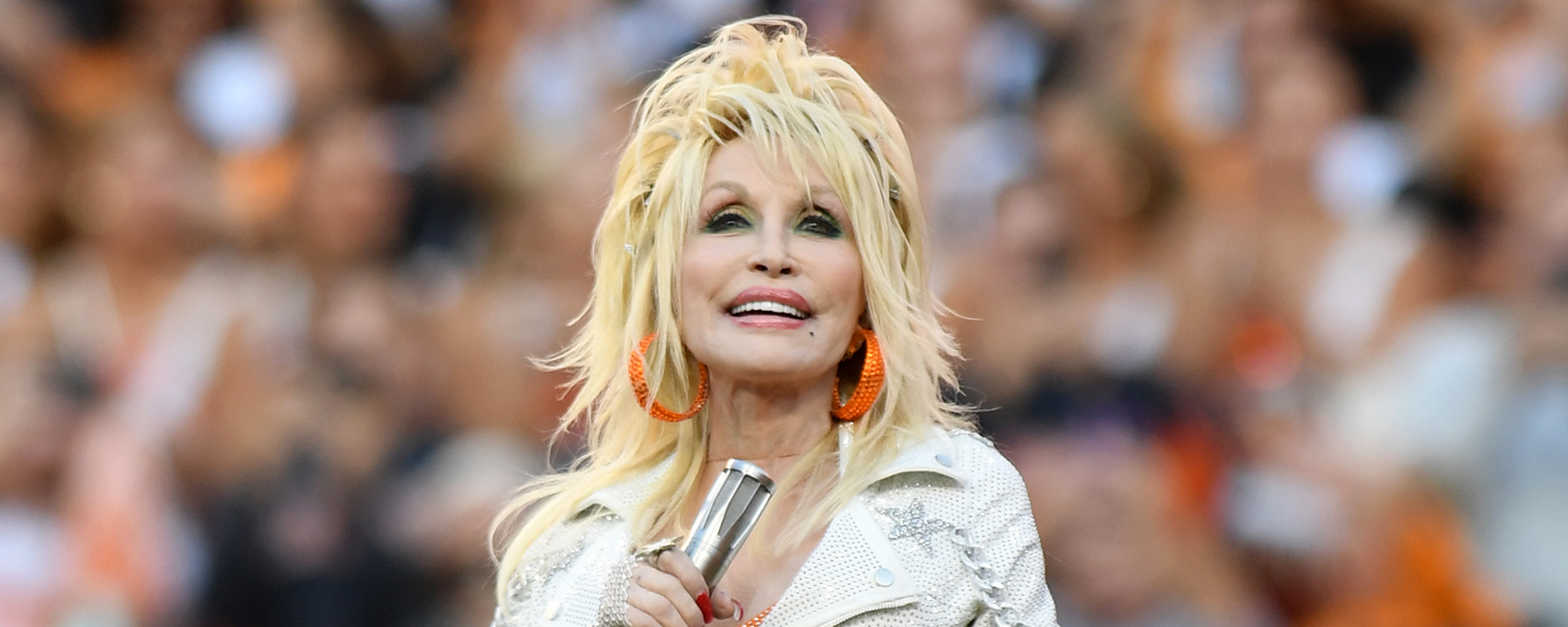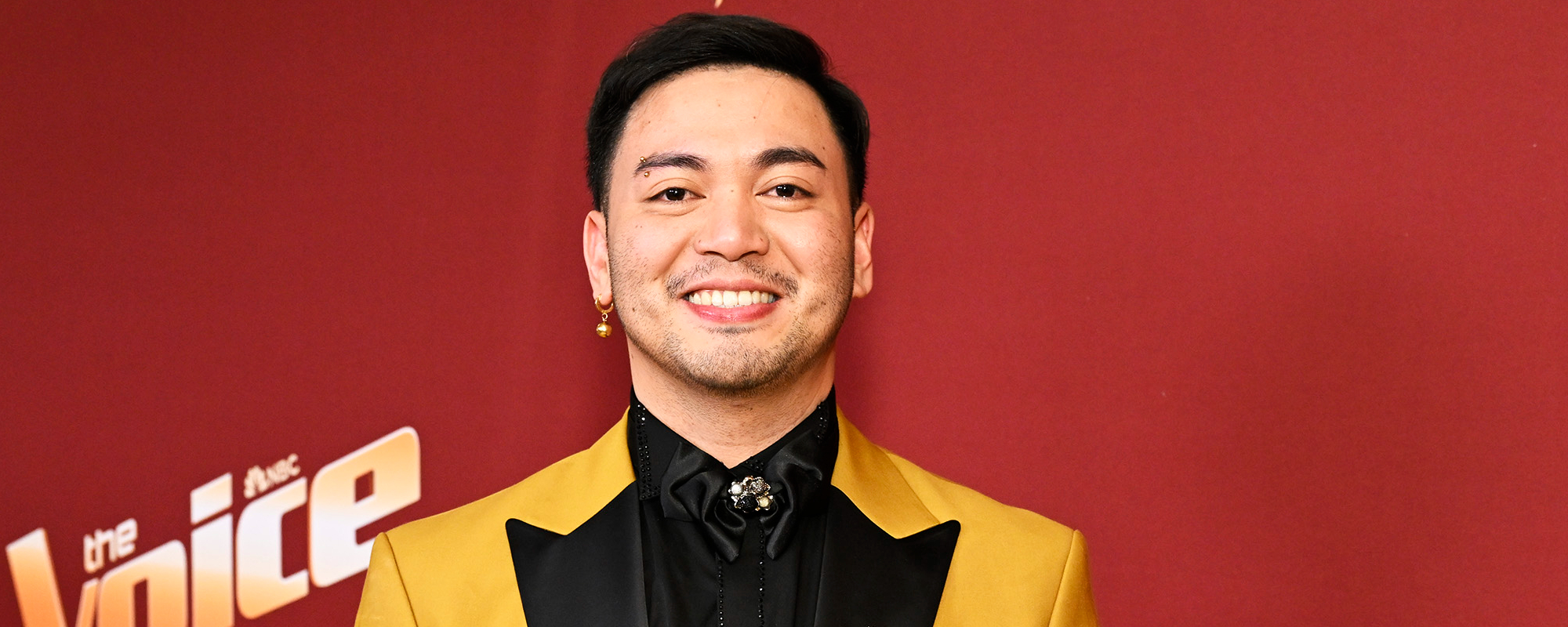Bruce Springsteen week wraps up today on Apple Music Hits ‘Letter To You Radio’ with a conversation between the Boss and his longtime partner, Steve Van Zandt. The two have been friends since the mid ‘60s, when they were learning the ins and outs of leading a band along the Jersey Shore. Their first official band was Steel Mill, a power trio which featured original E Street Band drummer Vini Lopez, and it’s been a long ride since, with occasional detours before ultimately returning to pick up where they left off.
Videos by American Songwriter

The ‘Letter To You Radio’ conversation focuses on their long musical history, recording techniques, documenting the recording sessions for Letter To You on film, and a nice nugget about Steve telling Bruce, as they were sequencing 1984’s Born In The U.S.A. record, his breakthrough hit “Dancing In The Dark” wasn’t good enough for the album.
Steven Van Zandt and Bruce Springsteen on their friendship and Letter To You
Bruce Springsteen: Stevie and I have been together since we were 16, I’d say, taking the Lincoln transit bus to New York City to Greenwich Village, to the cafe while arguing about who was better- Led Zeppelin or the Jeff Beck Group. And it’s been like that ever since and it’s still hasn’t ceased. So, we’ve been together a long time and he is my brother in arms. Stevie, I guess we’re going to talk about the new record today, right?
Steven Van Zandt: A fine subject.
Springsteen: I would say that this is the kind of record we dreamt of making when we were 15 or 16 years old in the sense that it’s a band record, recorded by the band all at once. There are very few overdubs- really just a little, twangy leads are the only real overdubs. All voices, all of my vocals are all first take as the band played the song down for the first or second or third time. And so it’s really, when we were like thinking about ‘Oh we’re going to make a record and it’s going to be great and this was the kind of process we would have dreamed rather than like, and it’s going to be two years and we’re going to take and we’re going to write a hundred songs and only keep seven of them. Instead of that process, I think that this was more the process that we dreamt of when we thought about making records and how much fun it could be and how satisfying it could be.
Steven Van Zandt and Bruce Springsteen on the Letter To You film
Springsteen: There is a film for those who may not be aware of… which we shot in five days, same as we recorded the album. And it’s really, it takes sort of what we began with Western Stars to a whole other level. And it really, the film is incredibly exciting and shows every detail of the band making the record and then some.
Van Zandt: Yeah. And it’s nice the way you explain things too, because nobody really knows what’s going on inside your head.
Springsteen: Of course, yeah.
Van Zandt: So, to reveal that, it makes it a very much more satisfying experience actually when you listen to the album. You can now picture the things that you were going for and it just makes it all more satisfying, I think. And you really gotten good at this narration. The narration of Western Stars was absolutely, I think transformed the listening experience for a lot of people.
Springsteen: I agree.
Van Zandt: That was a bit of a left turn, that record.
Springsteen: And we use the same template on this film for those listening in that it’s a document of the band, both creating and performing this record. And then there is a lot of narration that goes into the philosophy of sort of what we’ve been trying to do all these years.
Van Zandt: Really, great. It would be nice if every artist would do that because-
Springsteen: It’s ideal.
Van Zandt: Yeah. It changes the entire relationship between a listener and the artists in a good way.
Steven Van Zandt and Bruce Springsteen on the Letter To You film capturing different moments in time
Springsteen: If you watch the film, there are present day sections intercut with sections from 30 years ago. And what you will see is, it’s exactly the same. There’s images of me asking Steve about an arrangement and then you go 30 years later and I’m asking Steve about an arrangement. The funny thing is the process, the way the band works as a unit has been incredibly consistent and which was a tremendous part of the joy of was getting that machine back in motion and having everybody play their parts. It’s a very joyful way of making music and involves all your friends. So the process was bit of a throwback. What we have going today is because I have my own studio here on the farm and we have great engineers, and Ron Aniello producing and Rob Lebret assisting and Ross Peterson, right. He’s engineering. So we had just a great team that allows us to sort of do with ease, to sort of complete. We don’t have to think about the technical aspect and the sound of the record is as good sounding record as we’ve ever made.
Van Zandt: And there’s no pressure. There’s no pressure at all. First of all, recording at home obviously there’s no hourly pressure, but also at this stage of life there’s no pressure.
Springsteen: Yeah, exactly.
Van Zandt: People forget, but we didn’t have a hit until The River, which is the fifth album, right?
Springsteen: Absolutely. Eight years after I got signed.
Van Zandt: Yeah. So even that and then going into Born in the U.S.A., we still weren’t really sure-
Springsteen: We were still learning how to do it.
Van Zandt: Yeah, and we were still experimenting and learning how to record and so we weren’t quite sure where we were going to end up in the big picture. The River was certainly a breakthrough. Born in the U.S.A. busted it wide open. So up until then though there was a certain amount of pressure, that’s just gone. Now it’s just, we are who we are and it is what it is.
Springsteen: It’s a great period and I recording and performing lives right now, it’s as good as it gets.
Steven Van Zandt and Bruce Springsteen on the experience of different projects
Springsteen: Definitely the book and the play and everything did was sort of, I spent a long period of time sort of reassessing, okay, which just came out of, I think it just as a natural point in your life, you hit a certain age and also I found a certain language where I got really comfortable discussing those things. And it was very fruitful period of my work life, which you were very supportive of, which I really appreciate.
Van Zandt: As each project came out. I’m like, wow, that completes the picture a little bit more. And this record was a complete surprise and a nice little addition to those other three projects. I think-
Springsteen: Definitely.
Van Zandt: It was a little bit smaller focus in the sense of while I was doing all these other things in my life, this was actually my work. This is what I did for a living.
Springsteen: It looks at the life of a musician and really obviously because of George’s passing and some of the lyrical content, which goes all the way back to the Castiles, and ghosts, and a couple of the songs and my first band all the way up to where we’re at right in our development right now. So it was very satisfying. You know, how it is when that happens, when you come up with a group of songs that just come out of the guitar in a short, well you just made a record very similar to that. Because you must’ve wrote all those songs in a relatively short period of time.
Van Zandt: Yes, Summer of Sorcery was the same kind of thing. I always do thematic records. So for me it’s the only way to go. I can’t make the record any other way. I wouldn’t know how. I need the idea first.
Steven Van Zandt and Bruce Springsteen on recording Letter To You
Van Zandt: We took up where we left off. We were heading in that direction the first time around, with The River we had made great strides in just making the whole process fun because that was the first time we were breaking out of the ’70s which was just the worst time in the world to record because the engineers had taken over and they wanted separation and padding and rugs and so by the time we got to The River, we said this process has got to more fun than that. So, we started to get a really good sound on The River and Born in the U.S.A. We kind of took it pretty much so where we did this record almost in the sense that if you wanted to sing something again, we played it again, for the ones that I was there for, which is like nine out 12 or so.
Springsteen: Born in the U.S.A., we played most of the stuff live. We did go back and fix things if they needed fixed. And I think I did go back and sing most of the vocals again, with the exception of the title cut itself, Born in the U.S.A., which is really like this record in that it was a completely live experience.
Van Zandt: Yeah. And then maybe worked a couple more years on the other three songs.
Springsteen: But thanks for reminding me my friend. Of course, the songs were “Dancing in the Dark.”
Van Zandt: I give you that. I got to give you that. I was glad you disagreed with me when I said, ‘take that thing off the record.’
Springsteen: I got you on that one.
Van Zandt: And put on “No Surrender” instead.
Springsteen: Well, that was a good idea. You were half right.












Leave a Reply
Only members can comment. Become a member. Already a member? Log in.